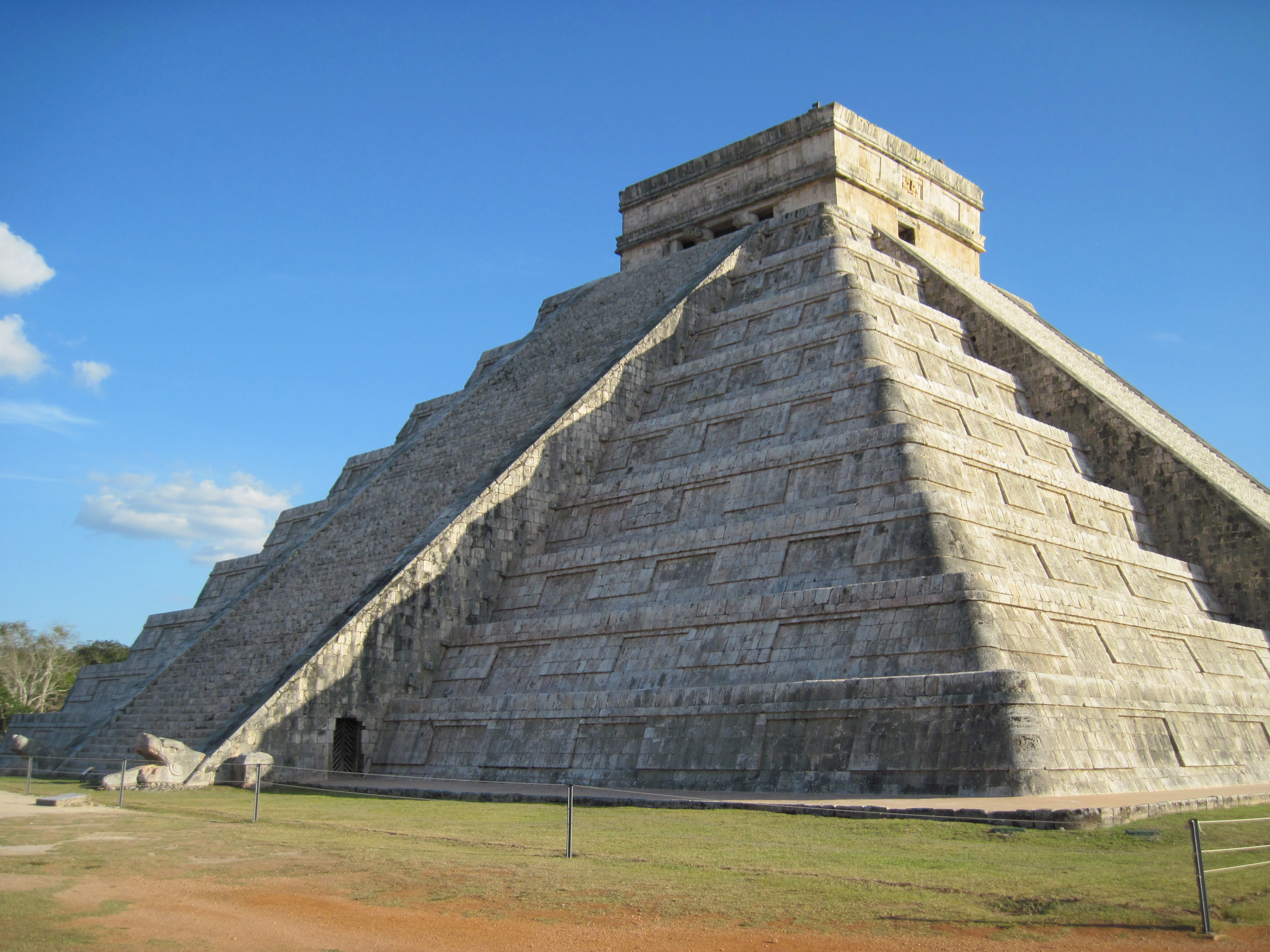Timing Samhain 2020
This year Samhain, the Cross-Quarter, midway between Autumn Equinox and Winter Solstice, 15° of the sign Scorpio, occurs November 6. Here are the times for a few time zones. Feel free to ask me for any zone not represented, or go to the web site timeanddate.com where time is of the essence, and the essence is time.
 |
| From card by © Amanda Clark all rights are reserved. http://www.amandaclarkartist.co.uk/ |
Friday, November 6, 2020
11:14:04 UTC
Dublin, Ireland
11:14:04 AM GMT
Boston, MA USA
06:14:04 AM EST
St. Louis, MO, USA
05:14:04 AM CST
Santa Fe, NM, USA
04:14:04 AM MST
Vancouver, Canada
03:14:04 AM PST
Honolulu, HI, USA
1:14:04 PM AHST
Samhain (or Samhuinn, or several variations) is pronounced "sow-in" (with "sow" rhyming with "cow" or pronounced “sah-wen” by others). It is seen as the dividing point between years. It marks a time that is neither in this year or the next.
Samhain is the beginning of the Celtic winter. It is balanced by the corresponding day of celebration called Beltain (or Bealtaine, Beltaine, etc.) that signals the start of summer, six months later. Both are fire festivals. Bonfires are lit in high places. The ancient Celts probably held them as closely between an equinox (when day and night were equal), and the following solstice (when the nighttime was shortest, summer, or longest, winter) as they could figure. By our current calendar, between the Fall equinox and the Winter solstice is a range of November 5 to 7.

Samhain is the source of Halloween. It is a time when the veil between this world and the next is at its thinnest. The Celts believed that upon death, everyone went to a beautiful place free of hunger, pain, and disease, called "Tir nan Og," sometimes translated as "Summerland." The belief was that two separate and nearly identical worlds existed. At Samhain, the veil between the worlds grows thin, and the concept of ghosts and goblins making their presence known comes in.
"The pagan idea used to be that crucial joints between the seasons opened cracks in the fabric of space-time, allowing contact between the ghost world and the mortal one." [B.G. Walker, "The Woman's Encyclopedia of Myths and Secrets," Harper & Row (1983), Page 371-372]
"The spirits of dead friends sought the warmth of the Samhain fire and communion with their living kin." [Janet & Steward Farrar, "Eight Sabbats for Witches," Phoenix Publishing, Custer WA, Pages 121 to 136]
Celts believed the future may be predicted most effectively at this time.
What do you see for the year ahead?
There was no monolithic “Old Religion” or paganism, but Solstices, Equinoxes, and Cross Quarters were likely recognized and utilized by a variety of peoples from very ancient times for ritual, augury, and as portals to exchange with the world of Spirit. Ancient astronomical accuracy recognizing the events is evident in many more structures than Stonehenge and Chaco Canyon and from a wide variety of cultures globally. The Eightfold Year resonates in celebration and ritual in the calendars of religions and peoples, often obscured from the source, such as Groundhog Day for Imbolc (in the belly) midway between the Winter Solstice and Spring Equinox.
Samhain falls with the Sun at the midpoint of the sign Scorpio, the Scorpion, symbol of death and transformation. It is a Water Sign traditionally affiliated with Mars but akin as well with Pluto, (not visible to the ancient world, but well recognized by the astrological community fairly quickly after its discovery, February 18, 1930.)
 |
| Via the brilliant and prolific astrloger and artist Aysem Aksoy |
Scorpio is of the body zone of sex when considering the astrological associations from the head, Aries, to the feet, Pisces. While Mars is strongly in the masculine, male, camp, Pluto well includes the so-called dark female, embodied by Persephone from the Greek view, and especially with Inanna the Sumerian goddess. The richness of mid-Scorpio easily includes all of the celebrations, holy days, and rituals that cluster about this time.
Rights to the images belong to their respective owners, and I will quickly honor any removal requests. The rest is copyright © Tim Rubald 2020

 Lammas (Loaf Mass) or Lughnasadh (Loo-nas-ah) is the third of the four fire festivals held at solstice and equinox midpoints. This one is at the Leo midpoint (15° Leo) twixt Summer solstice (Cancer) and Fall equinox (Libra).
Lammas (Loaf Mass) or Lughnasadh (Loo-nas-ah) is the third of the four fire festivals held at solstice and equinox midpoints. This one is at the Leo midpoint (15° Leo) twixt Summer solstice (Cancer) and Fall equinox (Libra).












